Graham Reid | | 2 min read
Stoney and the Jagged Edge: The Dues Song
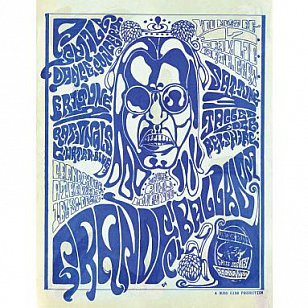
Just when you think the library of the past has been fully illuminated, someone comes along and points to a low door in the wall which opens into a secret, dark room.
And in there your torch picks out . . . Stoney and the Jagged Edge.
Not to be confused with other bands called Jagged Edge, this group from Detroit in late Sixties had a strong local following, opened for the Doors (blowing them off stage according to one report) but then in October '68 - after just 20 months together -- they fell apart.
Fronted by Stoney Mazur (“that [name] helped us more than I'll ever knew”), an early version of the band played biker parties but with line-up changes they started moving into student parties and got a residency at a club called The Mummp.
Then they stepped up to the Grande – where touring bands like Cream and The Mothers of Invention would play – and were on the same bill as MC5 and the Stooges (when Iggy was still Jim). Mazur – whose stage routines were inspired by James Brown – was still in high school.
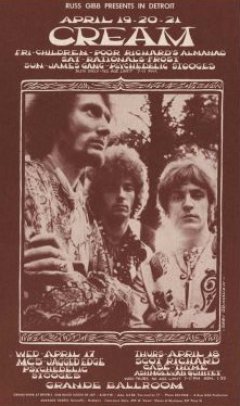 There's a whole “coulda been a
contender” aspect to the band's story but they were fated not to
get anything out on record.
There's a whole “coulda been a
contender” aspect to the band's story but they were fated not to
get anything out on record.
They did do some recordings however for Jeep Holland's A-Square Productions but there were delays, Holland's interest went elsewhere to others on his label like the Rationals and Thyme, and . . .
Then the band was told there had been a fire and their tapes had been lost.
“So we sorta lost interest after that. We'd gone as far as we can go.”
So they broke up, although a year later Mazur got another version of the band together but by al accounts it wasn't much cop.
The essential Jagged Edge line-up with Mazur was guitarist Ira Pack, bassist Harry Catarancuic and drummer Tim Thompson. The latter has apparently disappeared and the former two have died.
And that's where the story might have ended until Alec Palao, a researcher and consultant at Ace Records, scoured the A-Square vaults and discovered . . .
The six Stoney and the Jagged Edge songs he found were recorded in May '68 and have now been issued as an album Chasing Rainbows (through Border in New Zealand).
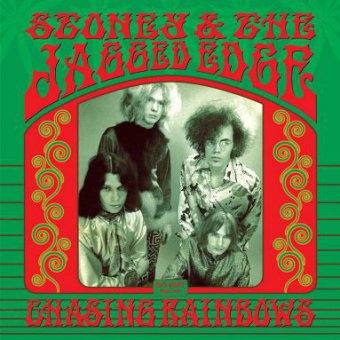 It might not be a Great Lost Album –
indeed it was never an album at all – but Chasing Rainbows captures
frontman Stoney Mazur and the band at the intersection of hard rock
and Hendrix-influenced psychedelics.
It might not be a Great Lost Album –
indeed it was never an album at all – but Chasing Rainbows captures
frontman Stoney Mazur and the band at the intersection of hard rock
and Hendrix-influenced psychedelics.
Pack can really burn on guitar, Thompson cannons around the kit and the sound of Catarancuic's bass is huge.
The sound quality might not be the best (although it's not that bad) but you get a real feel for what kind of racket they might have made live.
There are songs where you can hear them channeling Hendrix but with the grit of Blue Cheer (Can't Find the Key, The Dues Song which is sort of Jimi Morrison), others where they broach the psych-dream rock Country Joe and the Fish (Who's Loving Her Now) and the idea – rather than the spirit – of the Doors informs Rainbows.
Coming out of Detroit at that time and having started life covering early Stones songs and black music (but not influenced by local label Motown says Mazur), there is solid bed of rhythm and blues scattered about, but given that post-Hendrix twist, notably on the lengthy Delilah.
Chasing Rainbows by Stoney and the Jagged Edge is beautifully packaged on coloured vinyl in a suitably psych-period cover, and the inner sleeve has a lengthy interview with Mazur, the last man standing of a band that thoroughly deserves this kind of belated attention.
That secret dark room of the library still holds surprises.


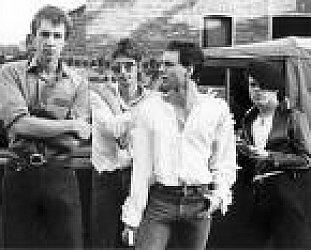

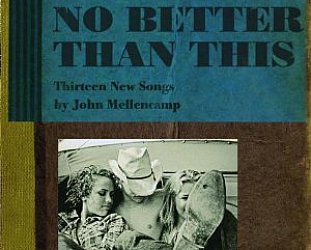
post a comment